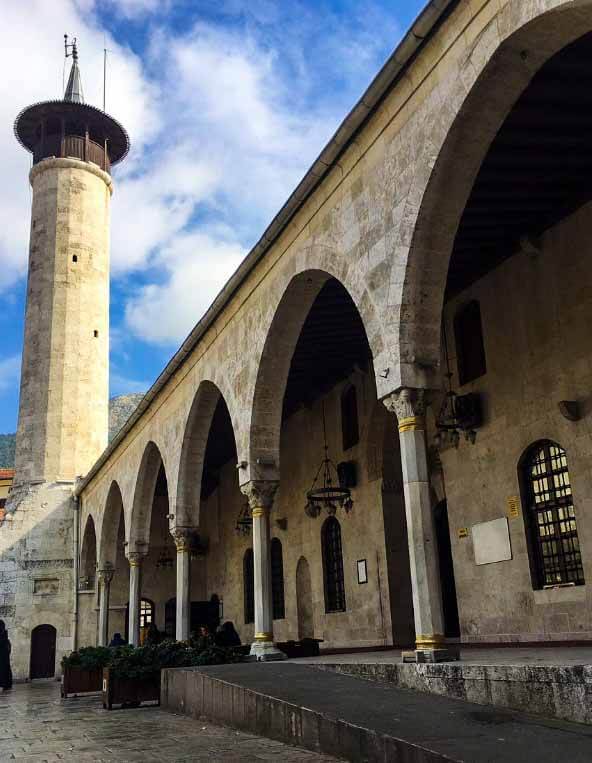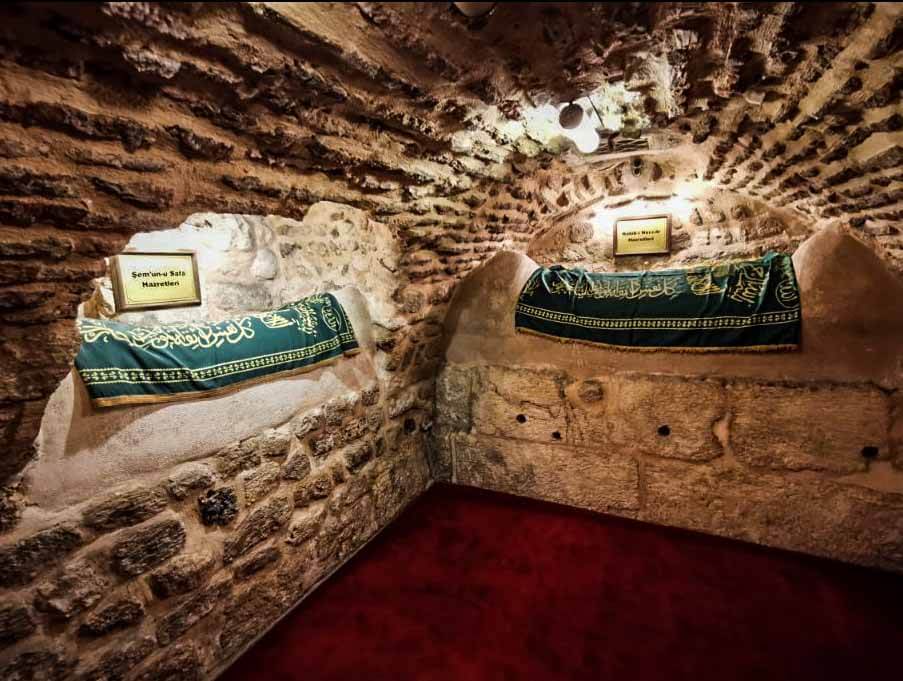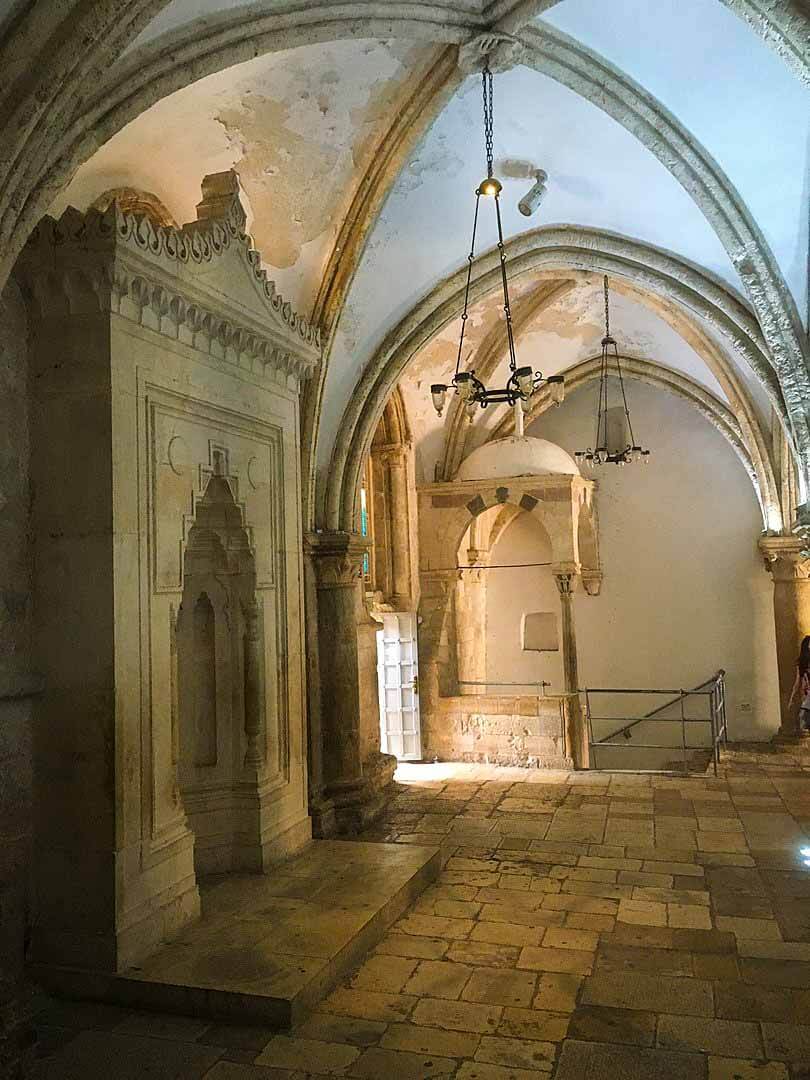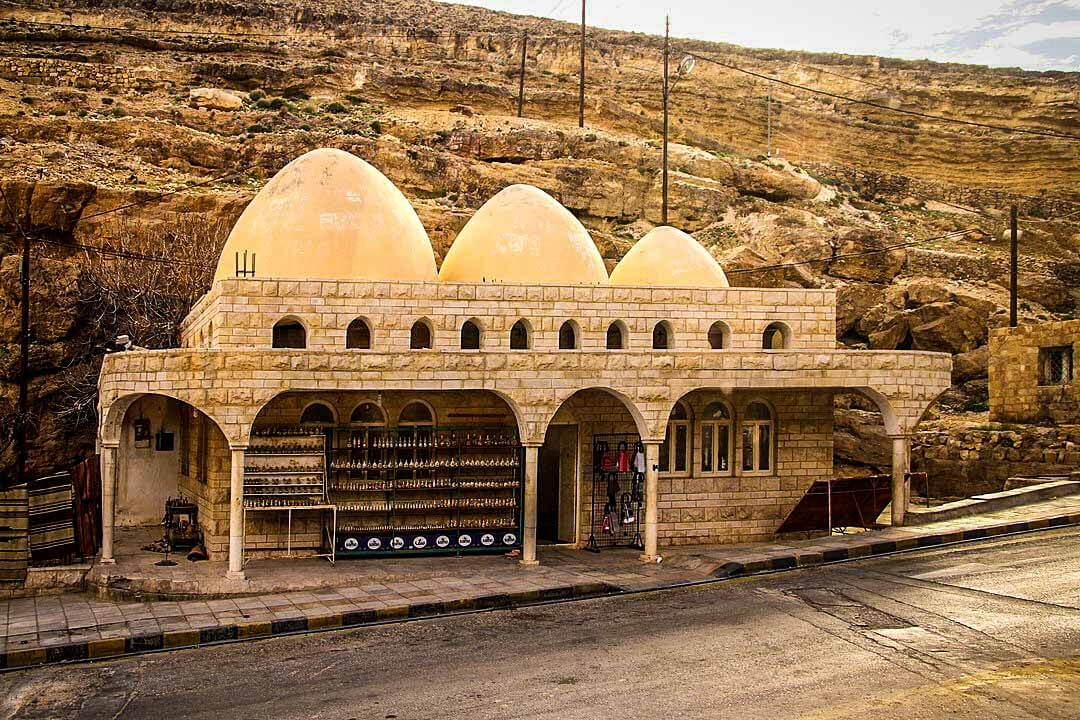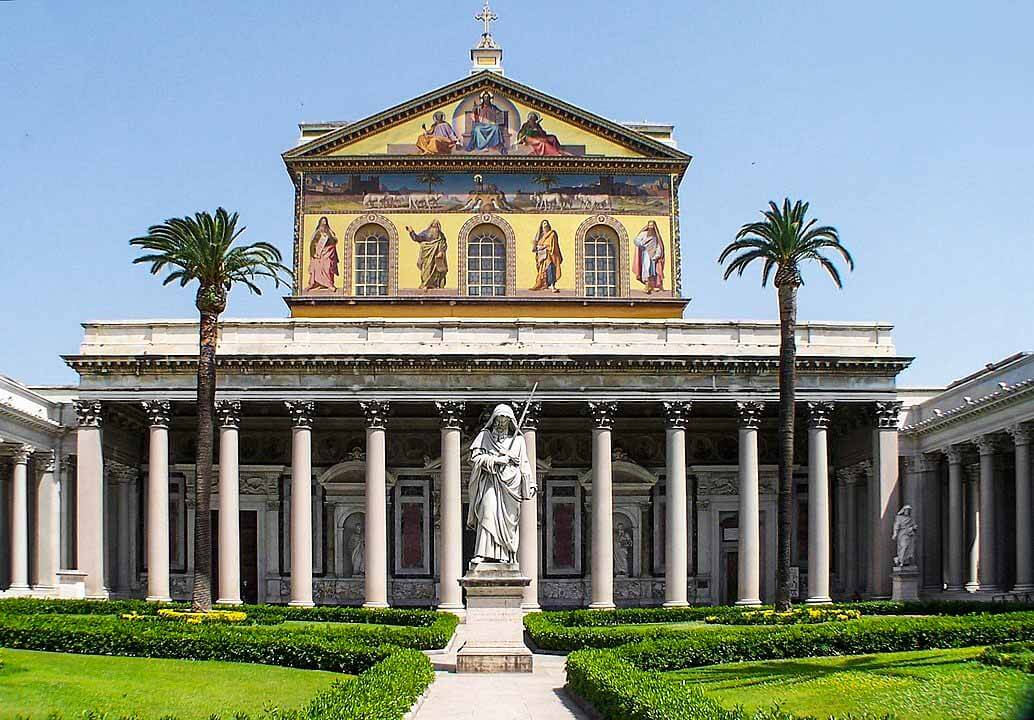Antakya, Turkey
Coordinates: 36.201500, 36.165500
People of Ya-Sin
People of Ya-Sin is the phrase used by Muslims to refer to an ancient community that is mentioned in the Quran as the People of the City or the Companions of the City.
The location and people of this city has been the subject of much scholarly debate in Islam.
According to the Quran, Allah sent two prophets to this particular community. When the people of the city refused to hear their words, Allah sent a third prophet to strengthen them.
The prophets told the people: “Truly we have been sent on a mission to you”.
The community mocked the message of the prophets and said “Ye are only men like ourselves; and the Most Gracious sends no sort of revelation: ye do nothing but lie.”
The prophets, in reply, rebuked the community, saying: “Our Lord doth know that we have been sent on a mission to you: “And our duty is only to proclaim the clear Message.”
The Quran goes onto say that the prophets were threatened with stoning and torture, but they refused to give in and continued to warn the people to end their sinful ways.
Then, from the farthest part of the city, there came running a man who exhorted the people to believe the message and told them: “O my people! Obey the messengers: “Obey those who ask no reward of you (for themselves), and who have themselves received Guidance.
Hz. Isa عليه اسلام message to People of Antioch
Classical commentators on the Quran popularly identified the “People of the City” with the city of Antioch.
Those scholars who identified the city with Antioch, however, were divided over the date of the event.
One group believed that this event took place after Hz. Isa عليه اسلام and explained that the Quran’s use of the word “Messenger” in this context refers not to three prophets but to three of Hz. Isa عليه اسلام’s disciples who were sent to Antioch to proclaim the message.
The name of this martyr is not explicitly mentioned anywhere in Qur’an or Hadith, though he is known as The Believer of YaSin.
Ibn Kathir in his Tafsir (Commentary) on Quran 36 references a rumor that identifies the three disciples sent were Sham`un (Peter), Yuhanna (John) and the name of the third was Bulus (Paul).
Other commentators who believe that the city does refers to Antioch, explained that this is the narrative of a far older incident, and that the three “messengers” mentioned were indeed prophets, namely Saduq, Masduq and Shalum.
Abdullah Yusuf Ali did link the narrative of the story with the preaching of Paul and Barnabas as described in Acts of the Apostles. As with Antioch, the city of Jerusalem is also not directly mentioned by name in the Qur’an, nor is it mentioned by its Arabic translation (Al Quds).
Hz. Habib al-Najjar رحمة الله عليه
Habib the Carpenter, or Habib Al-Najjar, was, according to the belief of some Muslims, a Christian martyr who lived in Antioch at the time of Hz. Isa عليه اسلام.
In Muslim tradition, Hz. Habib رحمة الله عليه believed the message of Christ’s disciples sent to the People of Ya-Sin, and was subsequently martyred for his faith.
The Mosque of Habib-i Neccar (Ottoman for Habib al-Najjar), below Mount Silpius, contains the tomb of Habib along with that of Sham’un Al-Safa (Peter, also known as Simon the Pure).
Some sources have identified Habib with Saint Agabus of the Acts of the Apostles, an early Christian who suffered martyrdom in Antioch at the time of Hz. Isa عليه اسلام.
This connection is disputed, as Christian tradition holds that Agabus was martyred at Jerusalem, and not at Antioch as Muslims believe of Hz. Habib رحمة الله عليه.
All Muslim sources list Habib’s occupation as a carpenter.
Historical narrative of Hz. Habib رحمة الله عليه
Although Hz. Habib رحمة الله عليه is not mentioned in the Qur’an, an old Muslim tradition speaks of some of Christ’s disciples, who were sent to town of Antioch to preach the faith of Allah.
The people of Antioch had regressed to idolatry. When the disciples came, many of the people questioned them, asking them of what religion Hz. Isa عليه اسلام had sent them to preach.
Baidawi provided a detailed account of Hz. Habib’s رحمة الله عليه narrative.
He related that the disciples met Hz. Habib رحمة الله عليه in Antioch and made known to him their mission.
Baidawi further related that the disciples, by the will of Allah, performed various miracles including healing the sick and blind.
After Hz. Habib’s رحمة الله عليه son was healed, Hz. Habib’s رحمة الله عليه faith was further strengthened and he tried to help in spreading the message to his fellow people.
Yet still, many refused to hear Allah’s message. Instead, the disbelievers decided to stone Hz. Habib رحمة الله عليه to death.
The legend ends with Hz. Habib رحمة الله عليه, upon having been stoned, entering paradise as a martyr.
In the Quran
The story of Hz. Habib رحمة الله عليه by early Quran commentators is identified with the following verse of the Quran:
And there came from the uttermost part of the city a man running. He cried: O my people! Follow those who have been sent!
“Obey those who ask no reward of you (for themselves), and who have themselves received guidance.
“It would not be reasonable in me if I did not serve Him Who created me, and to Whom ye shall (all) be brought back.
“Shall I take (other) Allahs besides Him? If (Allah) Most Gracious should intend some adversity for me, of no use whatever will be their intercession for me, nor can they deliver me.
“I would indeed, if I were to do so, be in manifest error.
“For me, I have faith in the Lord of you (all): listen, then, to me!”
It was said: “Enter thou the Garden.” He said: “Ah me! Would that my people knew (what I know)!
“For that my Lord has granted me forgiveness and has enrolled me among those held in honour!”
Qur’an, sura 36 (Ya-Seen), ayah 20-27
Habib’i Neccar Mosque
Habib’i Neccar Mosque is a historical mosque in Antakya, Hatay Province, Turkey. The mosque is to the east of Orontes River. It houses the tomb of Hz. Habib al-Najjar رحمة الله عليه and other saints
In the Antiquity, there was probably a pagan temple in place of this mosque. During the Christian era, it was converted into a church named after John the Baptist (Hz. Yahya عليه اسلام).
In the Medieval Age, the city was captured first by the Rashidun Caliphate in 637, by the Byzantine Empire in 969, by the Seljuk Turks in 1084, by the Crusades in 1098, and by the Baibars of the Mamluk Sultanate in 1268.
Concurrently in each case, the status of the building was changed from church to mosque and from mosque to church.
However, in the inscription of the mosque, it reads that it was rebuilt in 1275 soon after Baibars had converted it to a mosque.
The mosque was demolished during the 1853 earthquake. It was rebuilt by the Ottomans. But the minaret is older. The shadirvan (fountain) is a later addition.



